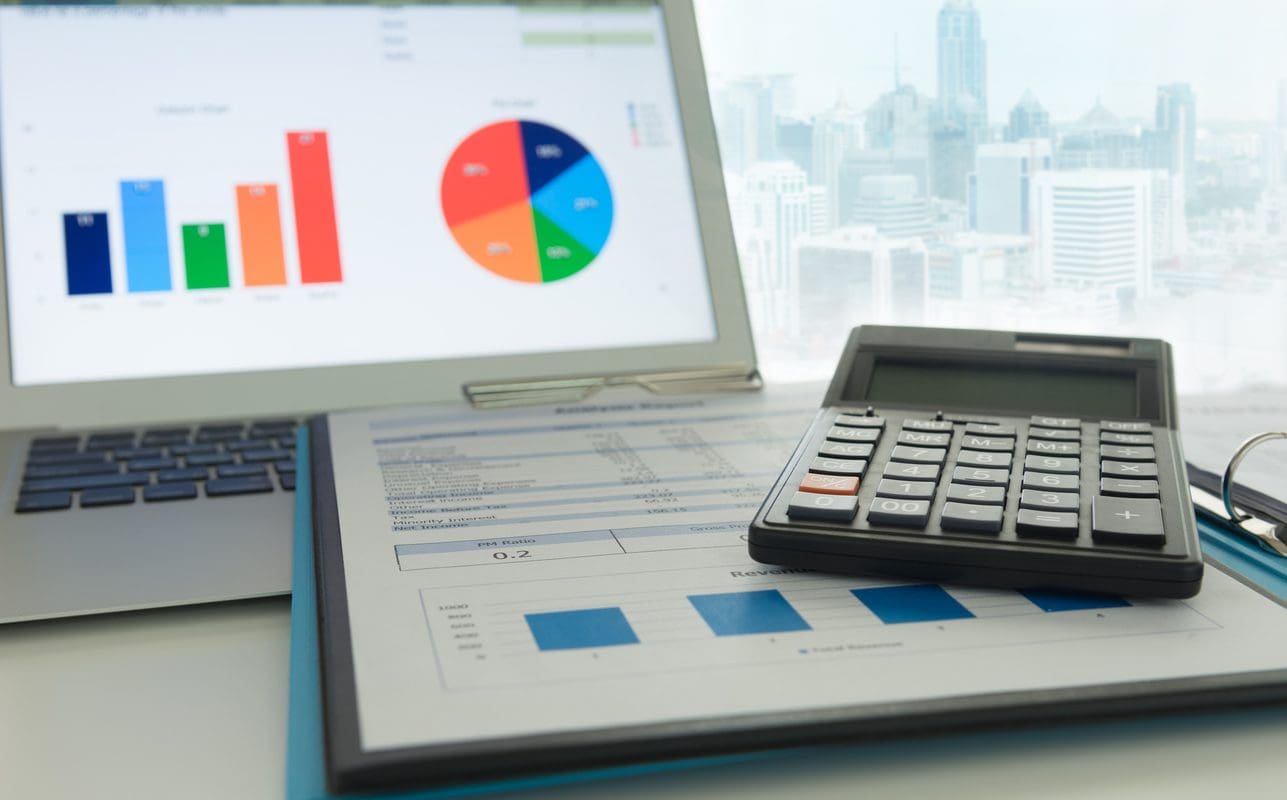
How to measure results using reports
Now that you are clear about why you should be measuring the results of your marketing campaigns and what it is you should be looking out for, we will consider some of the ways in which you can go about creating and understanding the reports you are sourcing. This will in turn help you to learn how you can get the most out of your results and thus put them to the best use going forward.
Measuring results: a recap
Your aim when measuring the success of your campaigns should be to work out what works well for you and your audience and what could be improved on to further enhance your sales or popularity. Spending time considering which metrics to focus on and how to then analyse the data are huge steps in the process, and ones not to be brushed over. You can find more information about these all-important stages in previous sections.
Creating reports
You will know by now that you can find out a huge amount about your audience by using tailored metrics. Whether you are pulling this information from Google Analytics or other similar tools, the best thing to do is to create a report based upon your findings. Although you might think that the data and graphs on your interface explain all that you need to know, it is impossible to reflect upon your data without turning the information into something that is understandable and useable; for example, being able to look back and read a report stating that 531 new subscribers joined during the month of May, when you ran a one-off email campaign, is far more valuable than simply seeing visual diagrams for the month or year that do not connect any of the vital dots together.
Understanding the value of your data
By manipulating the data available, you have the power to create your own links and findings, which an analytical tool might not be able to do on its own. You should see your analytical tool as the machinery you use to create a product, but you are the brains behind the operation and mould it into something that can be used. With the advancement of technology, businesses of all sizes are lucky to have the opportunity to see information that would previously have been unreachable; as such, it is vital to use this data to your advantage. You can’t put a price on success and achieving goals, but you can gain financial value from knowing what your target audience responds to best.
How can such in-depth analysis benefit my business?
By better understanding the response to your marketing campaigns, you can be sure that you are continuously improving and learning more about your target audience. Not only does the information you are sourcing help you to budget for future spends but also it helps you to gain a better understanding of who you should be marketing your product or service to, thus making your marketing campaigns more targeted and financially viable.